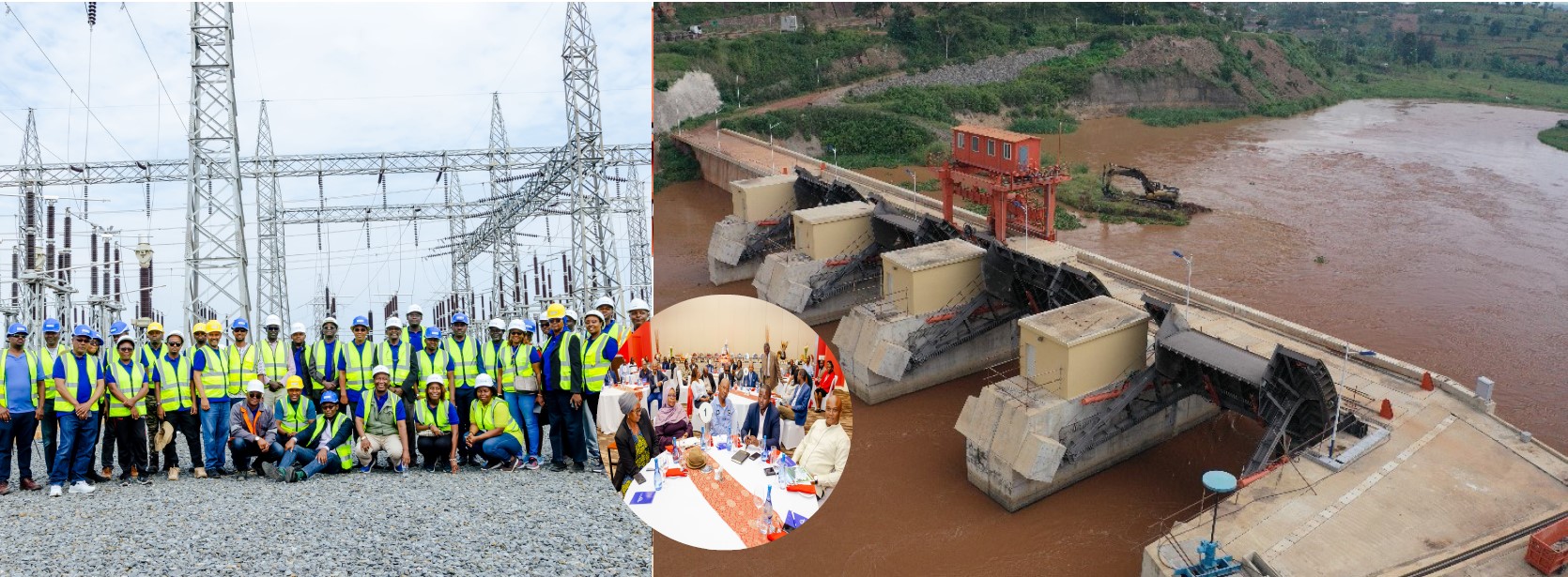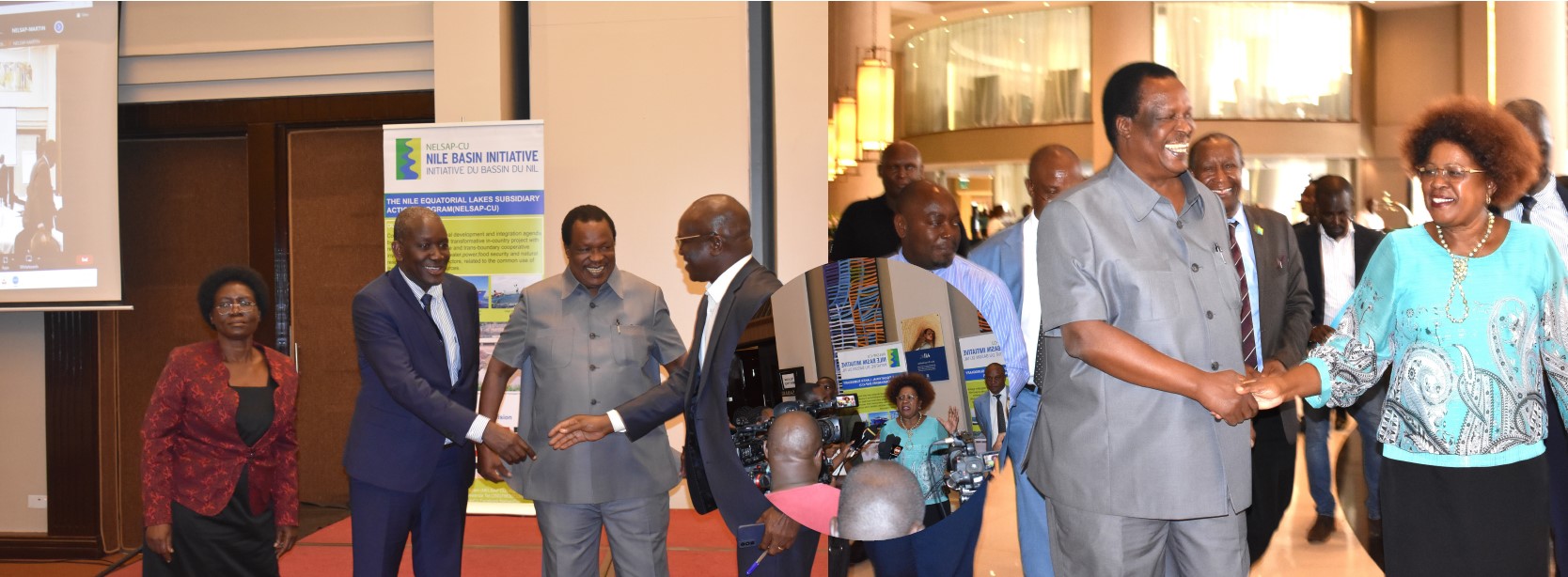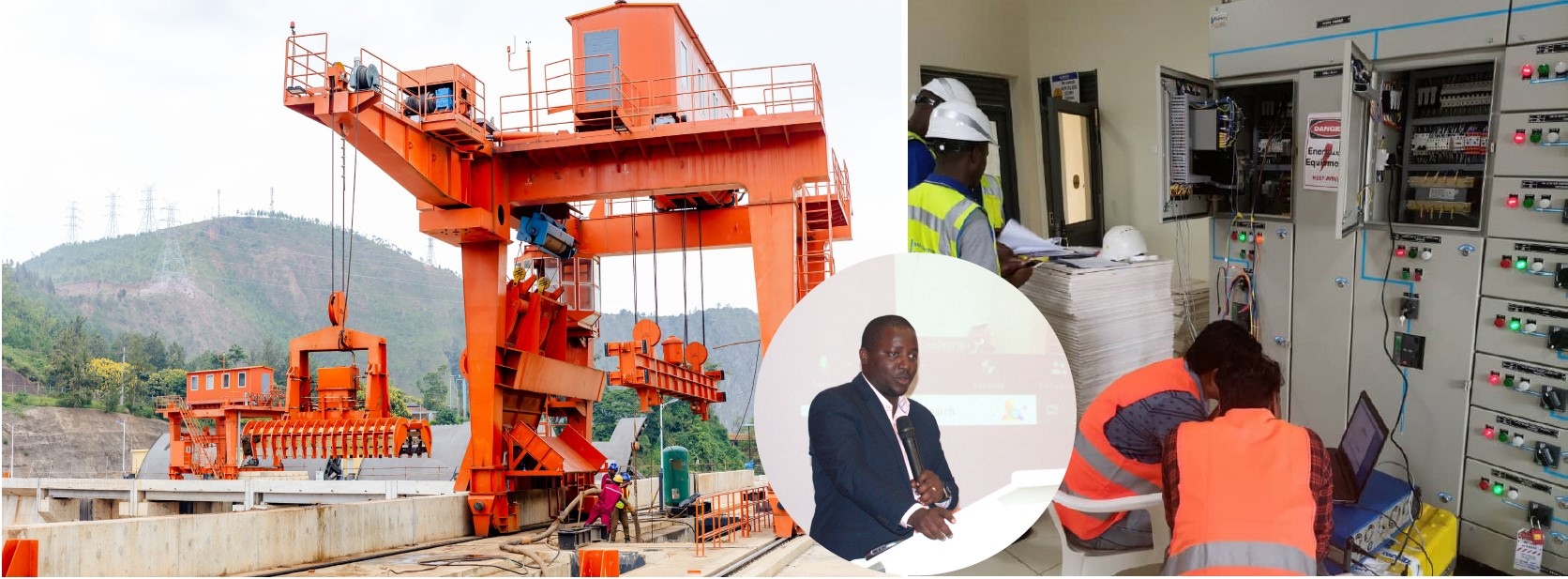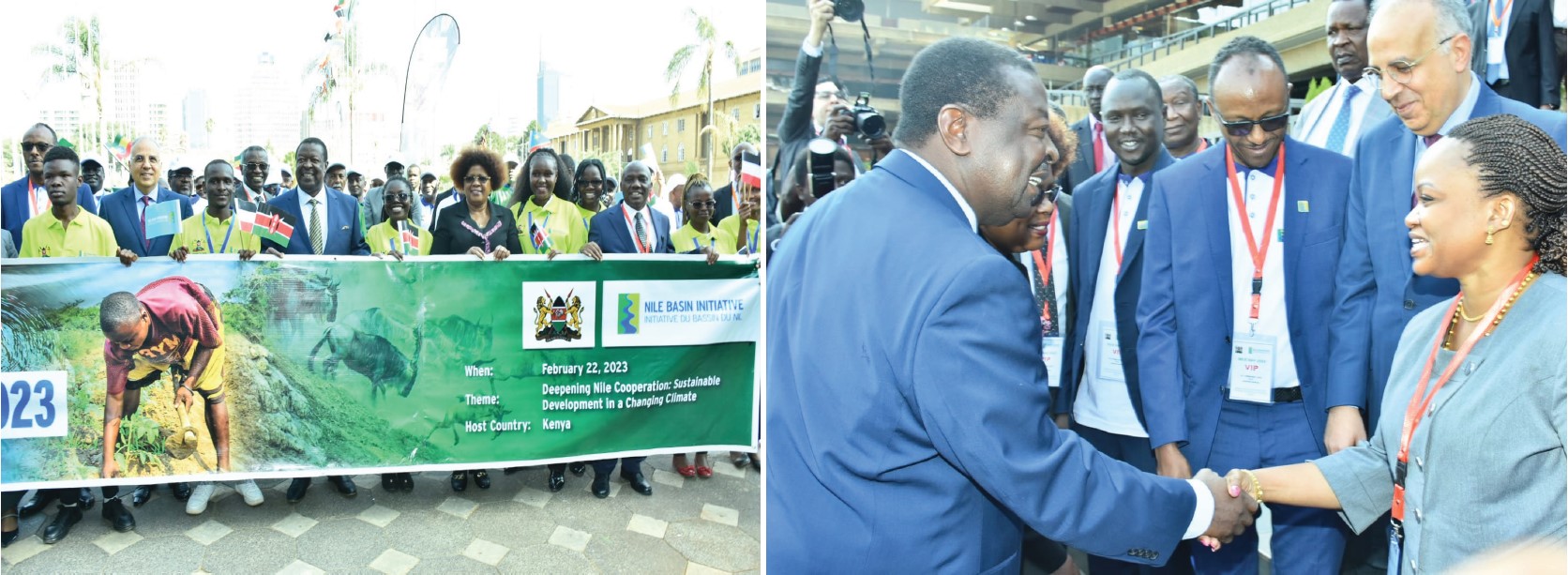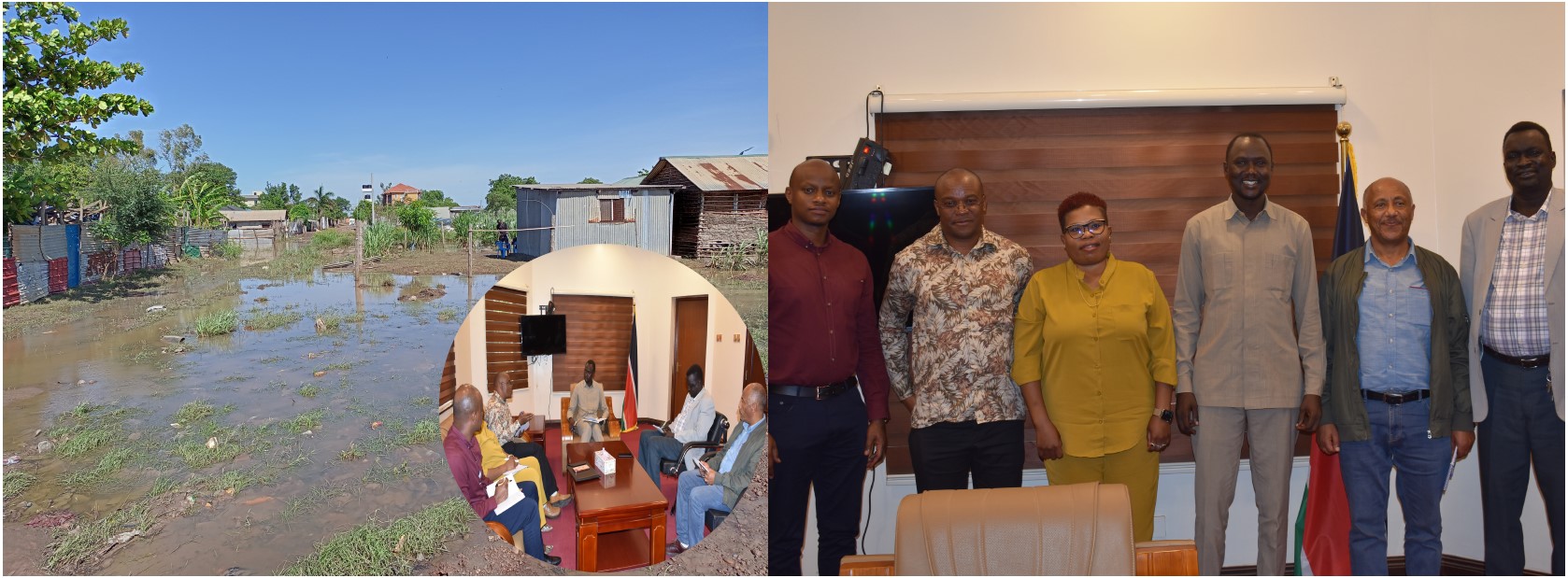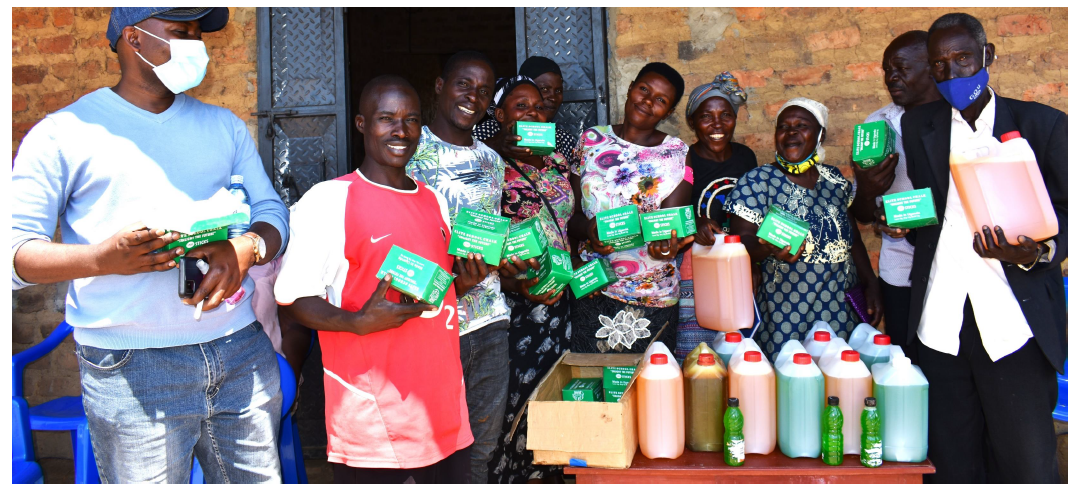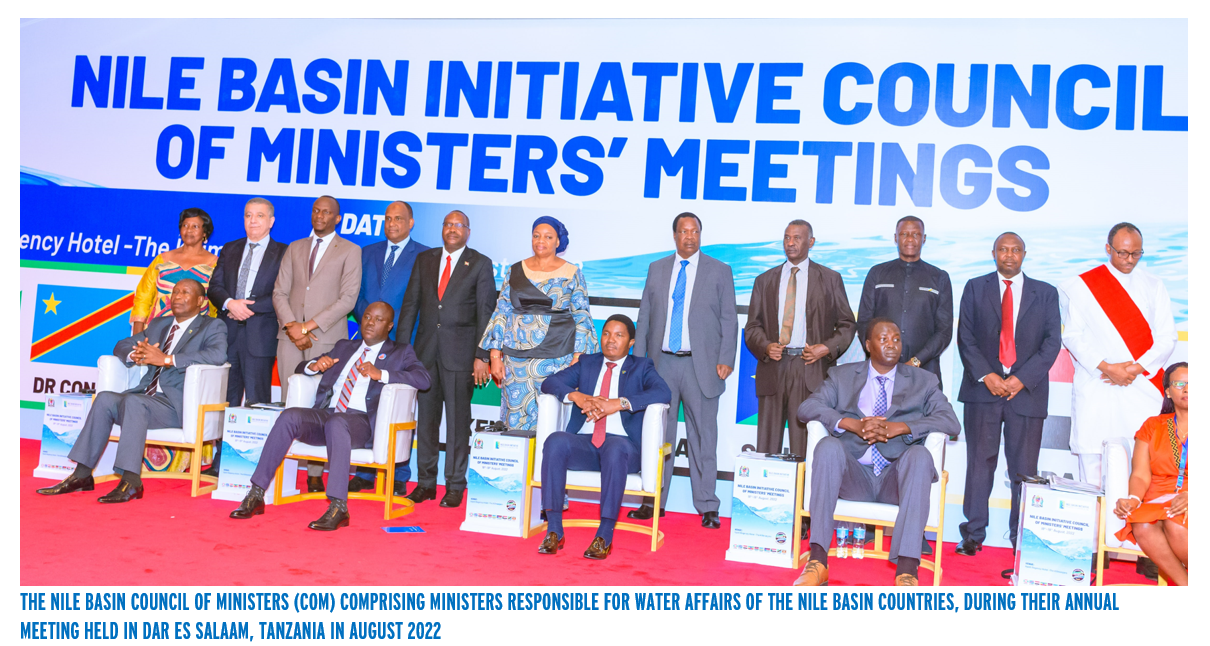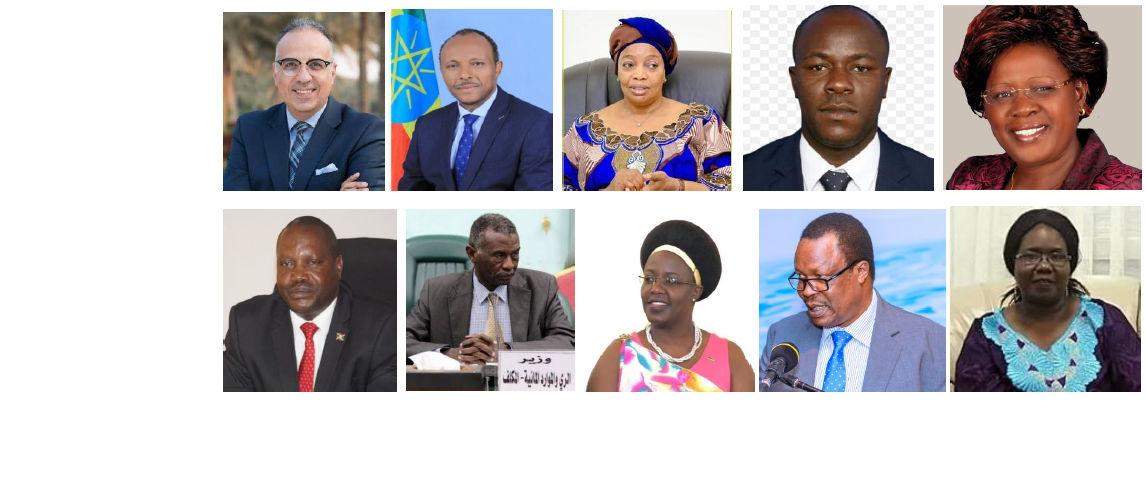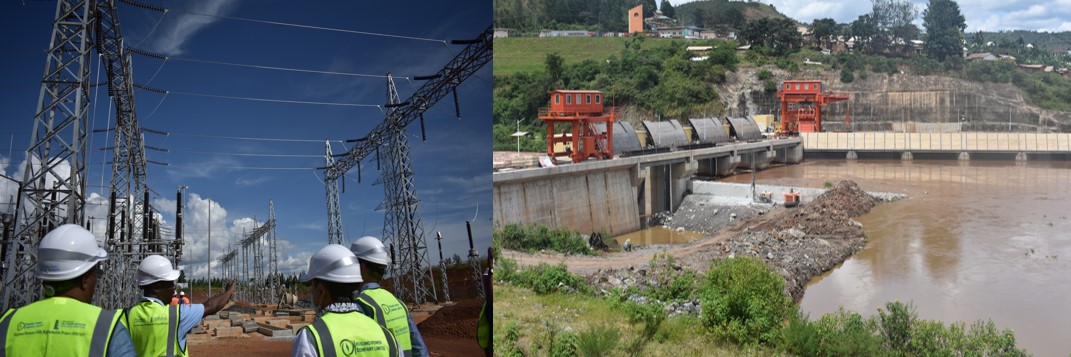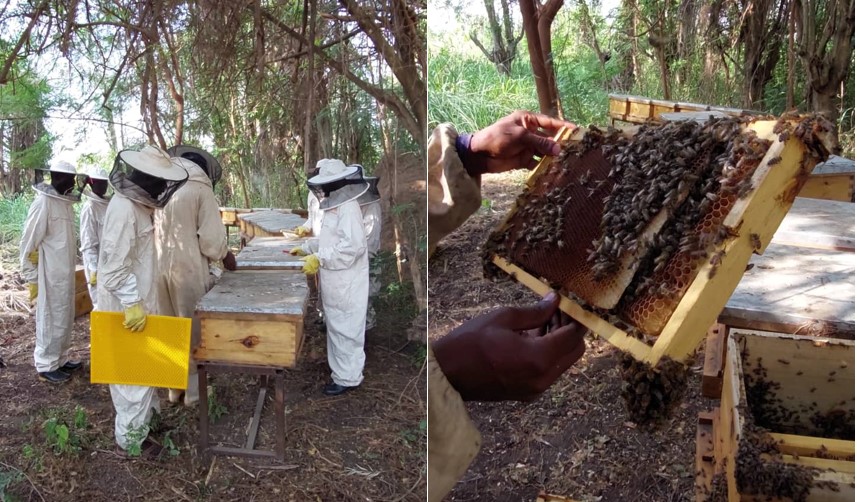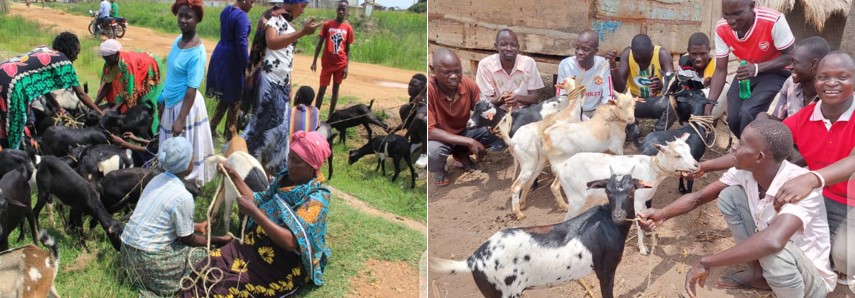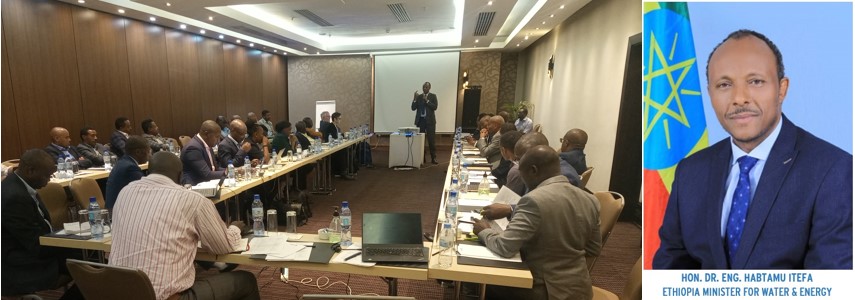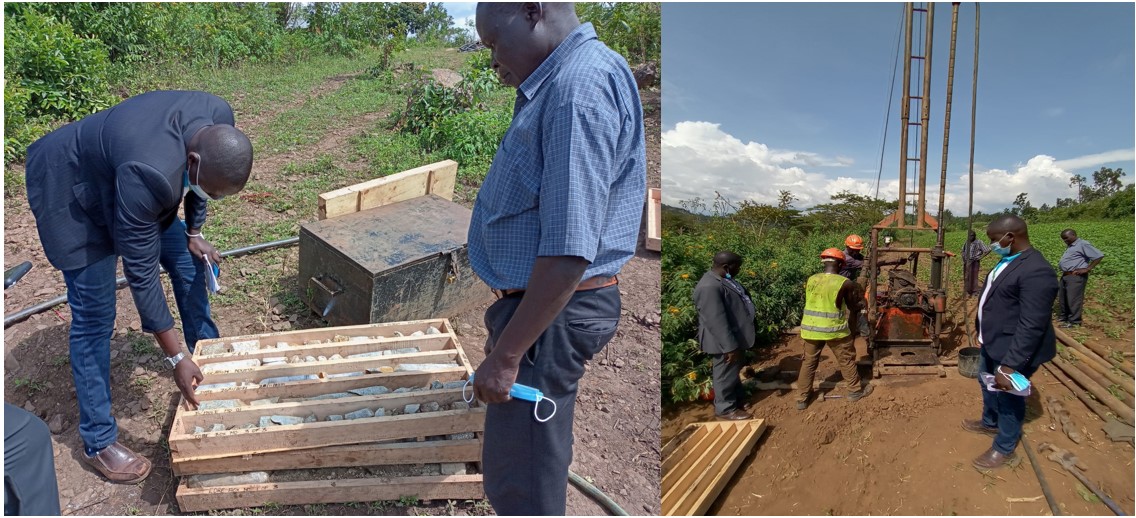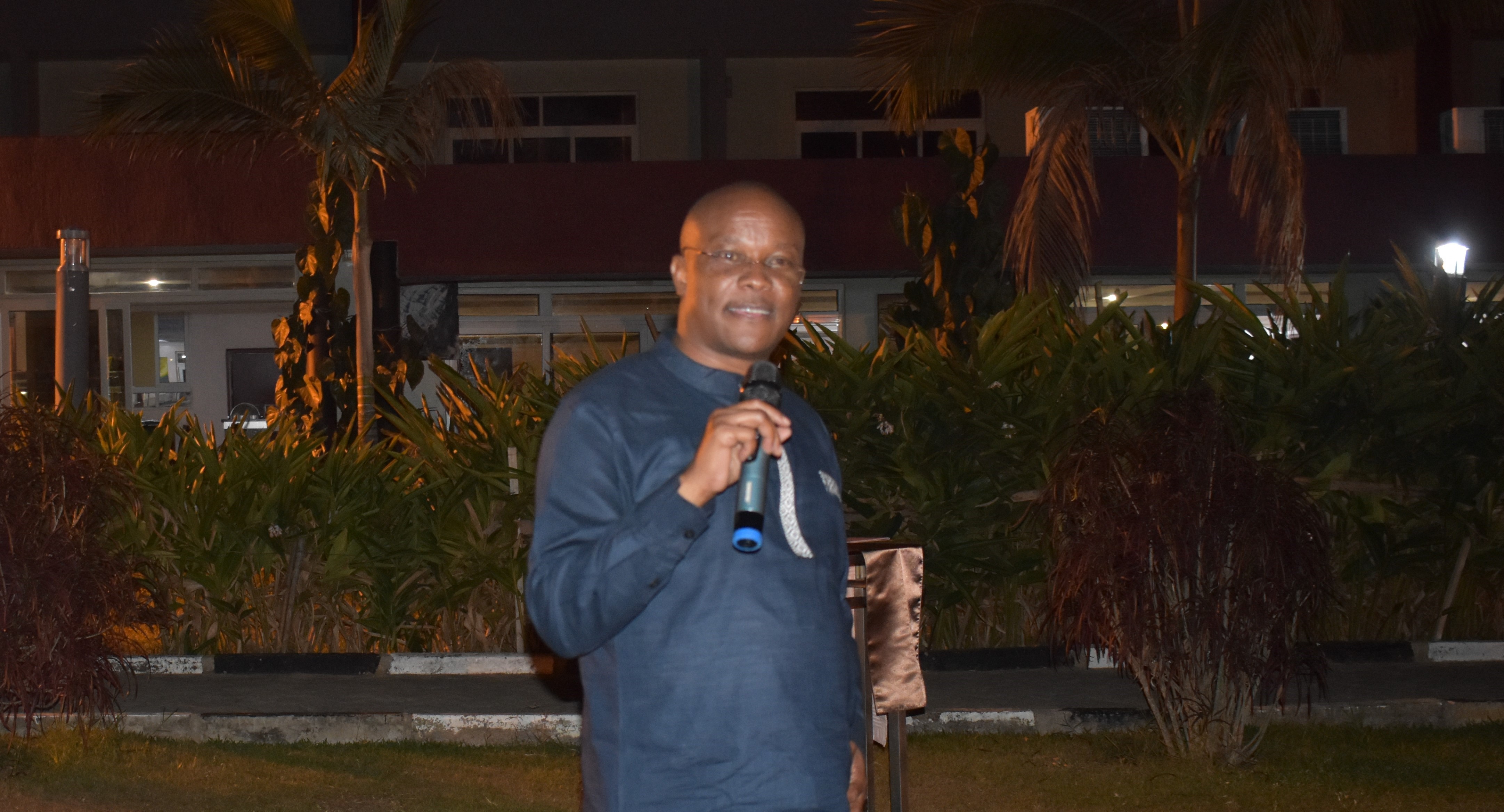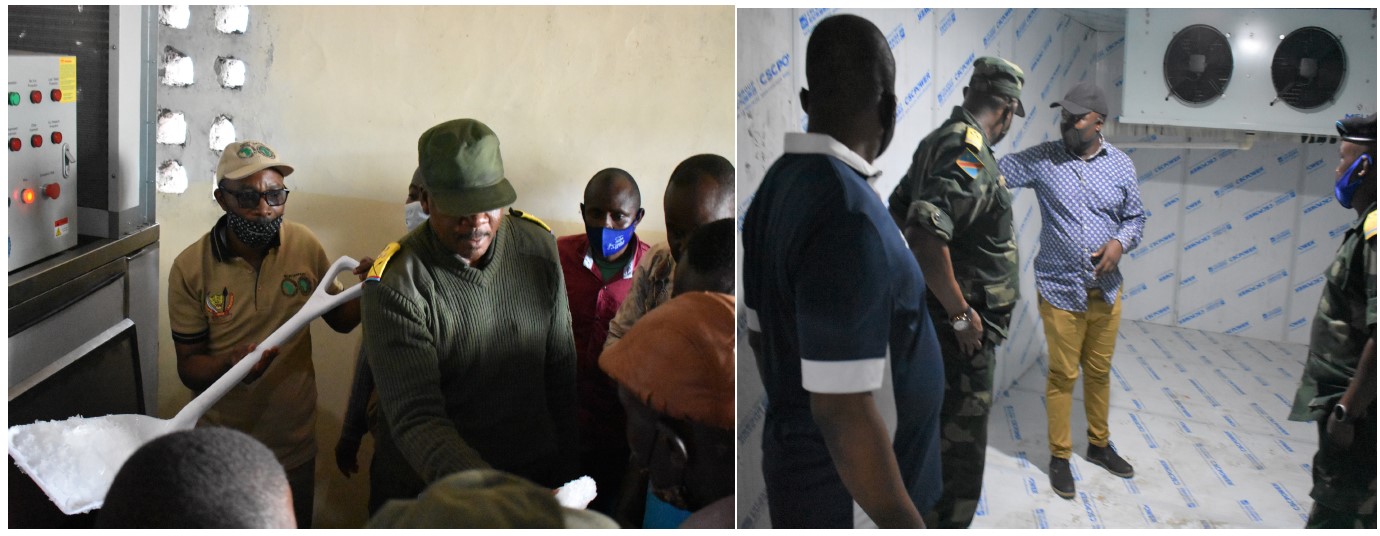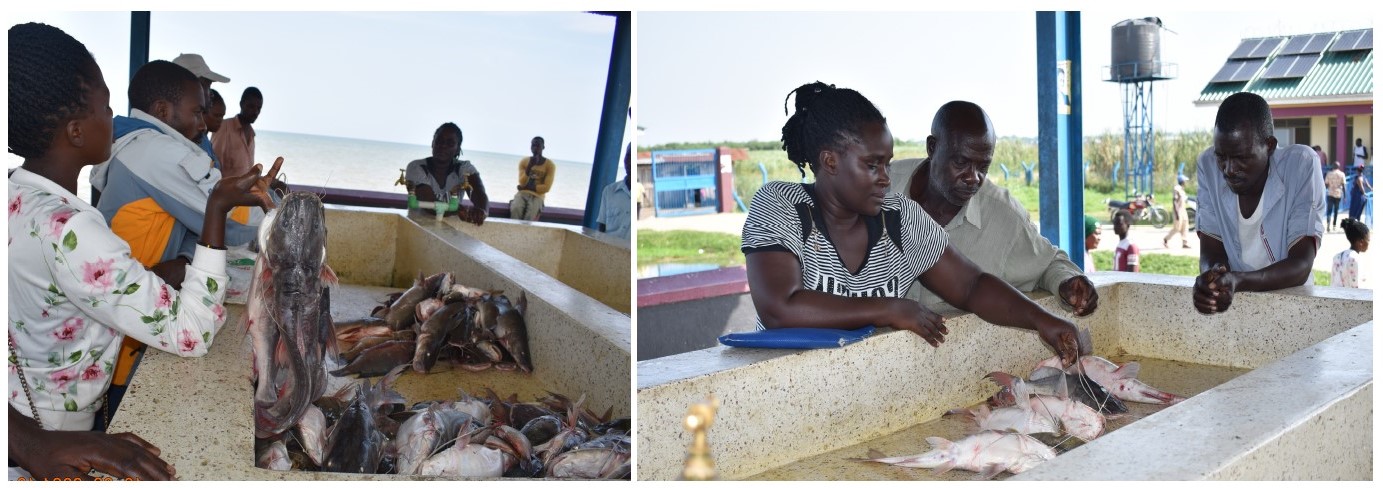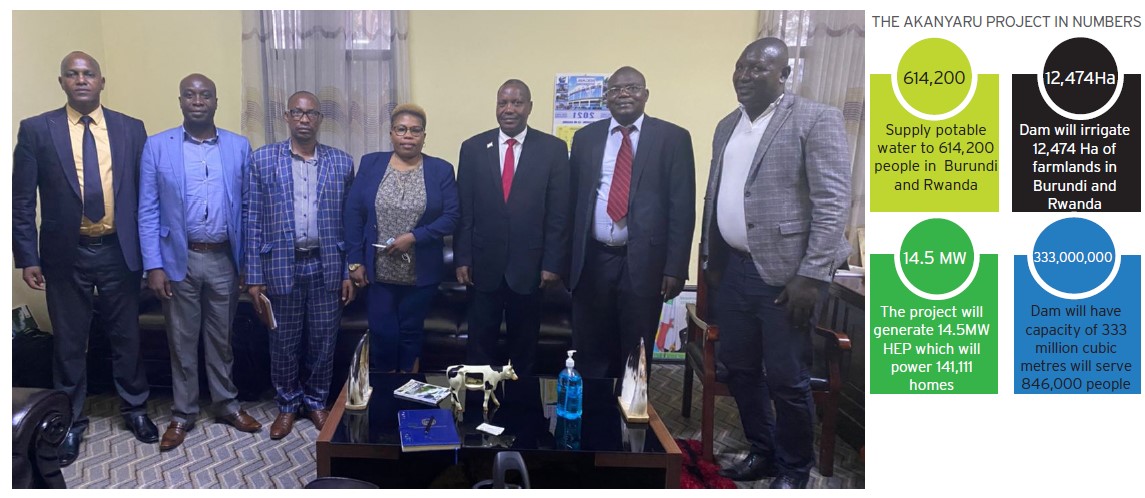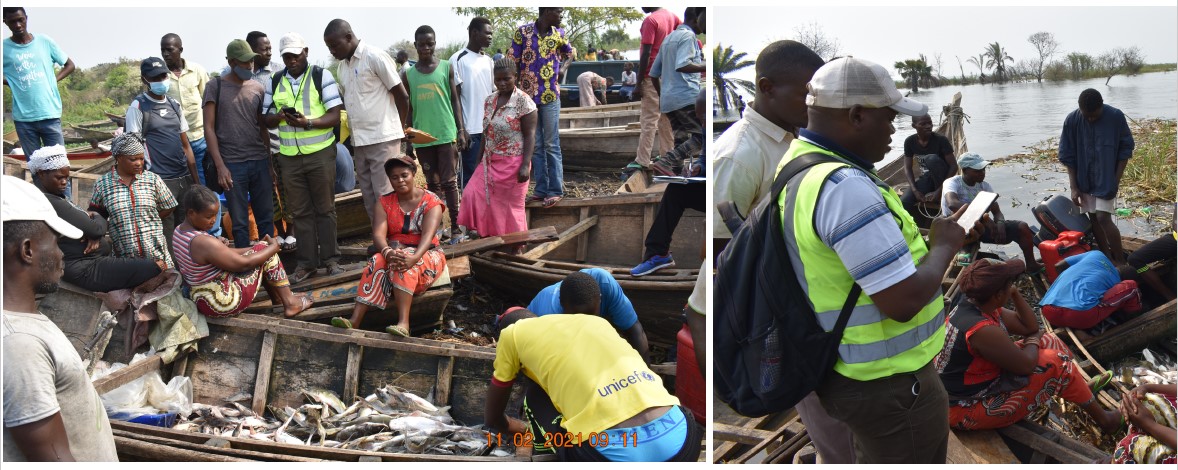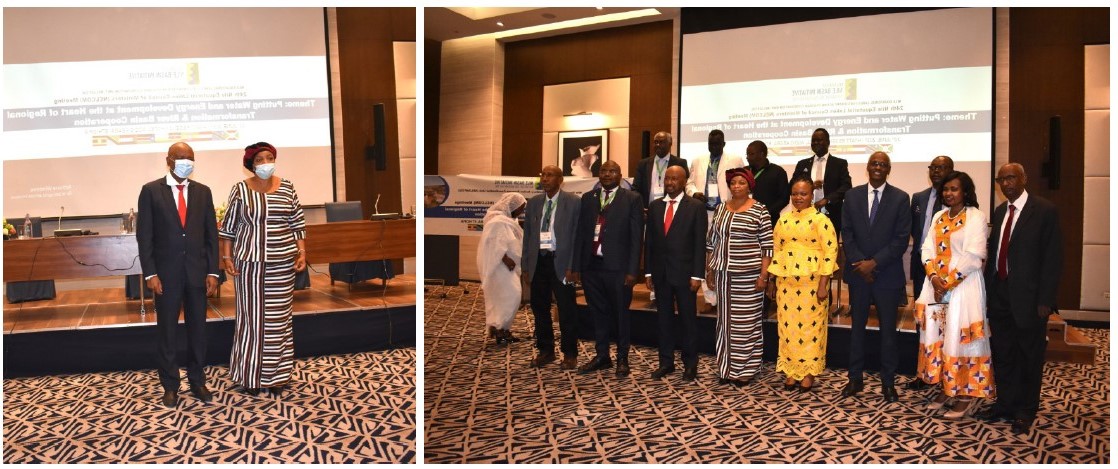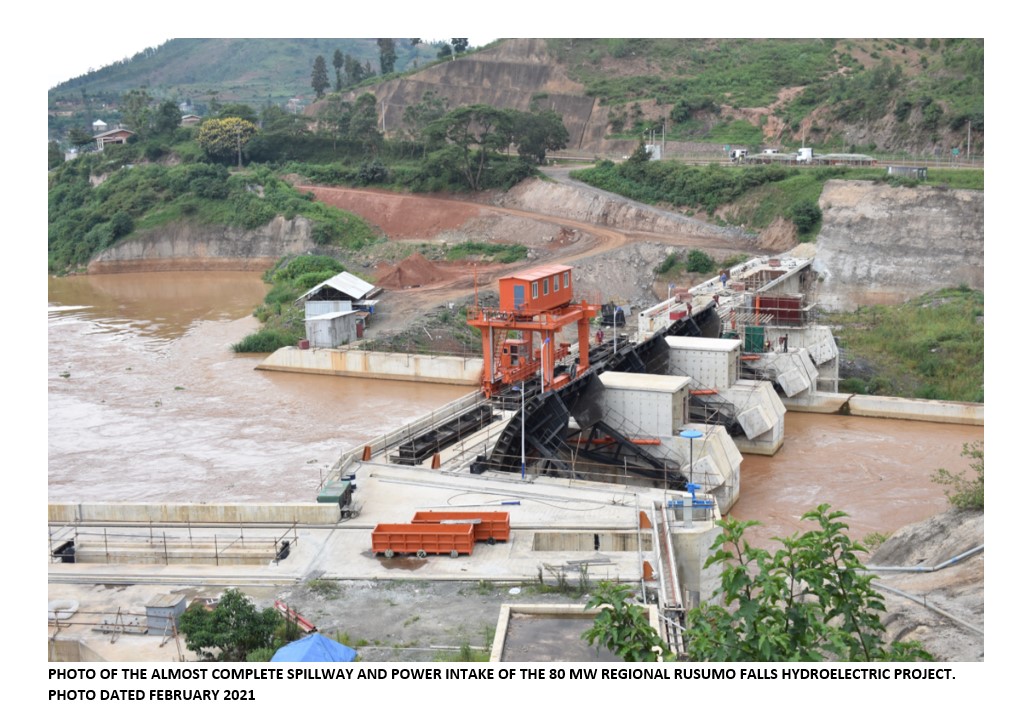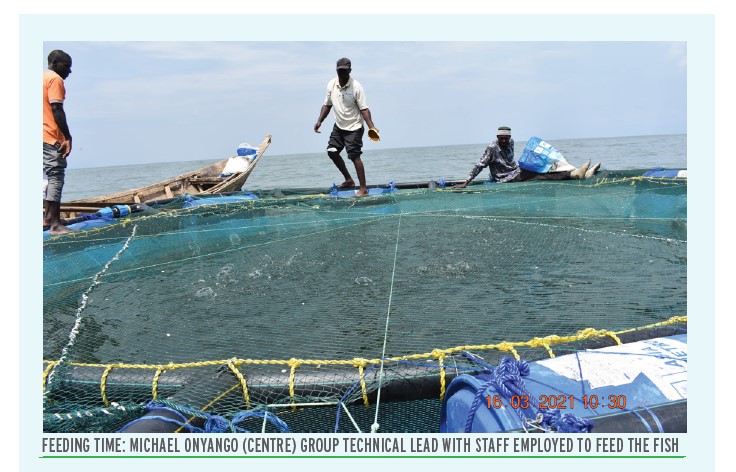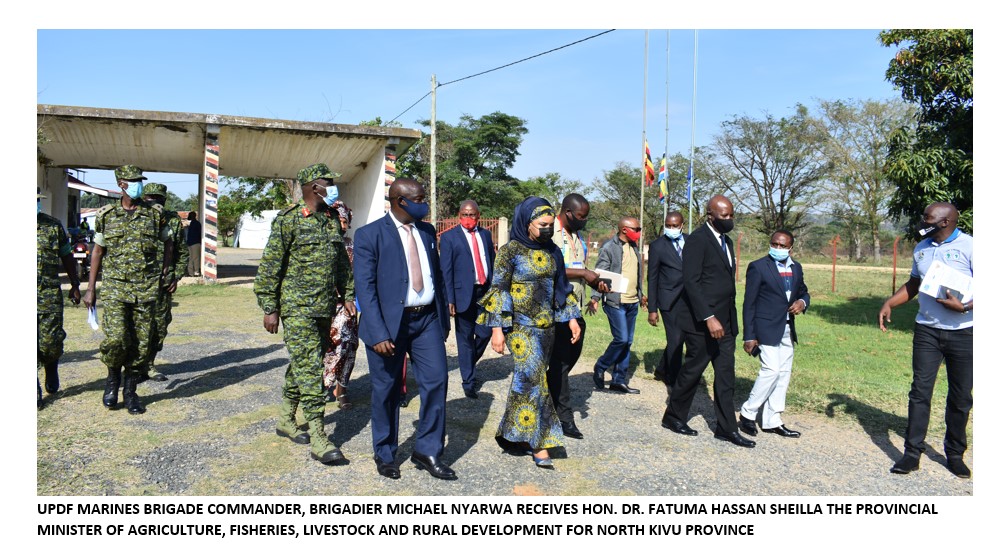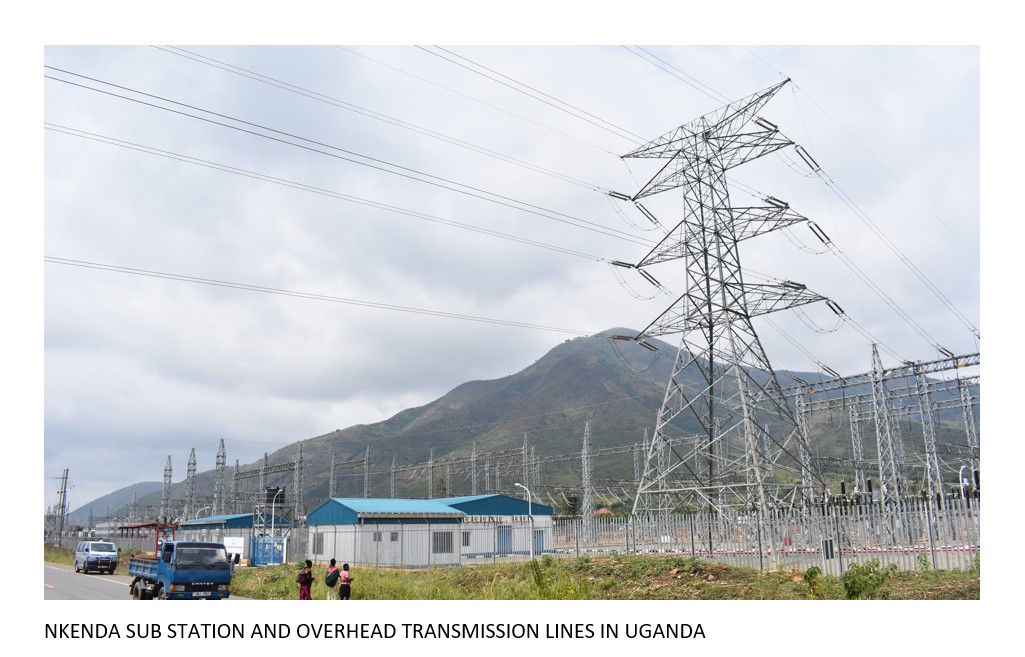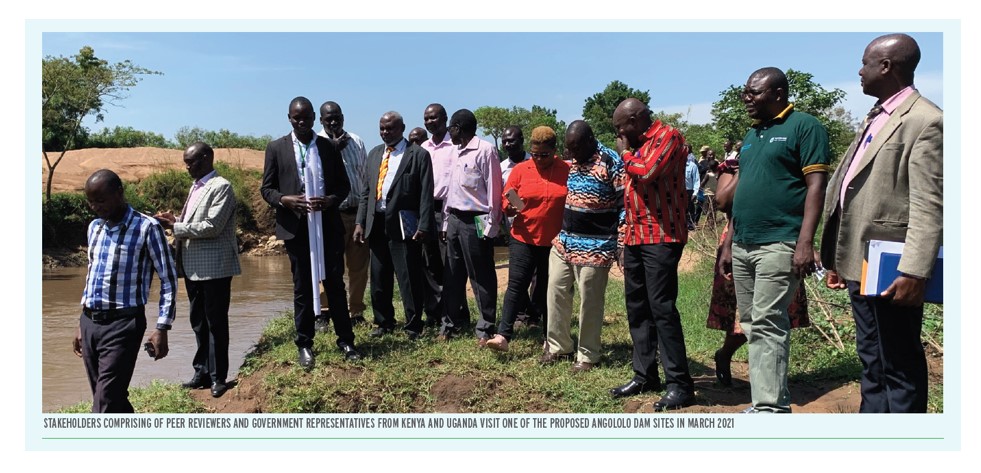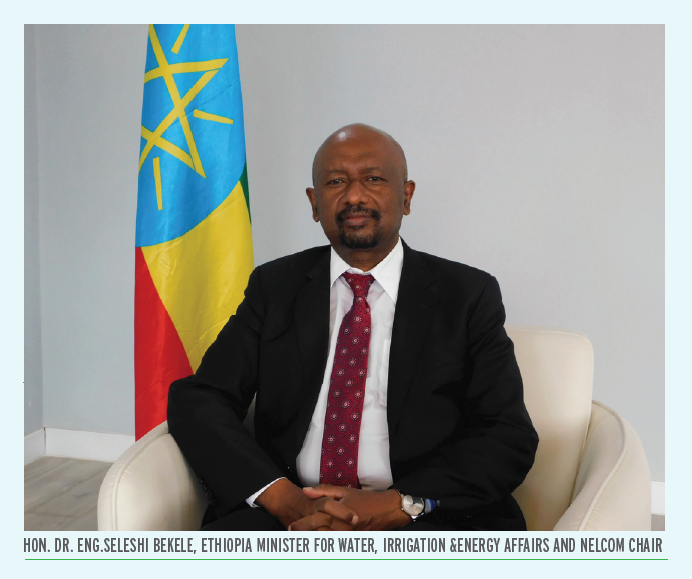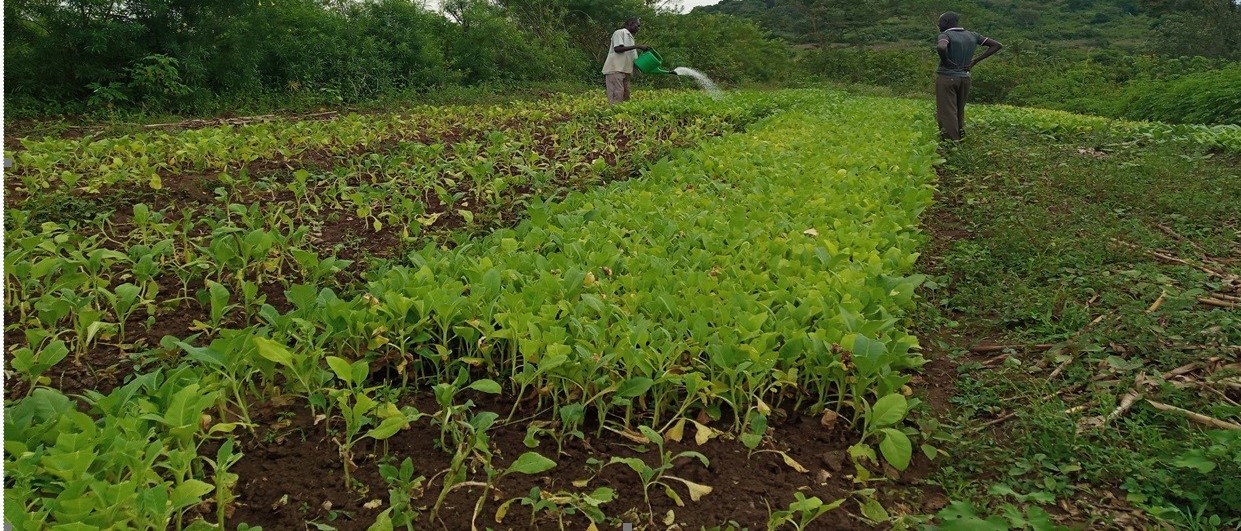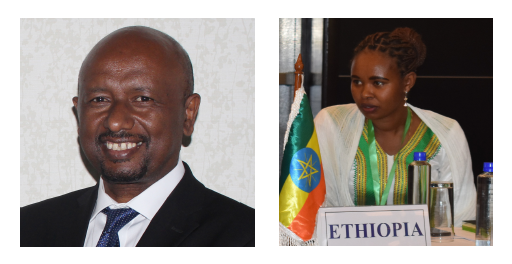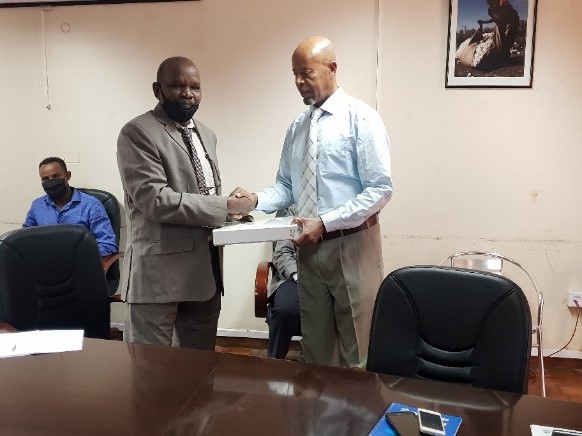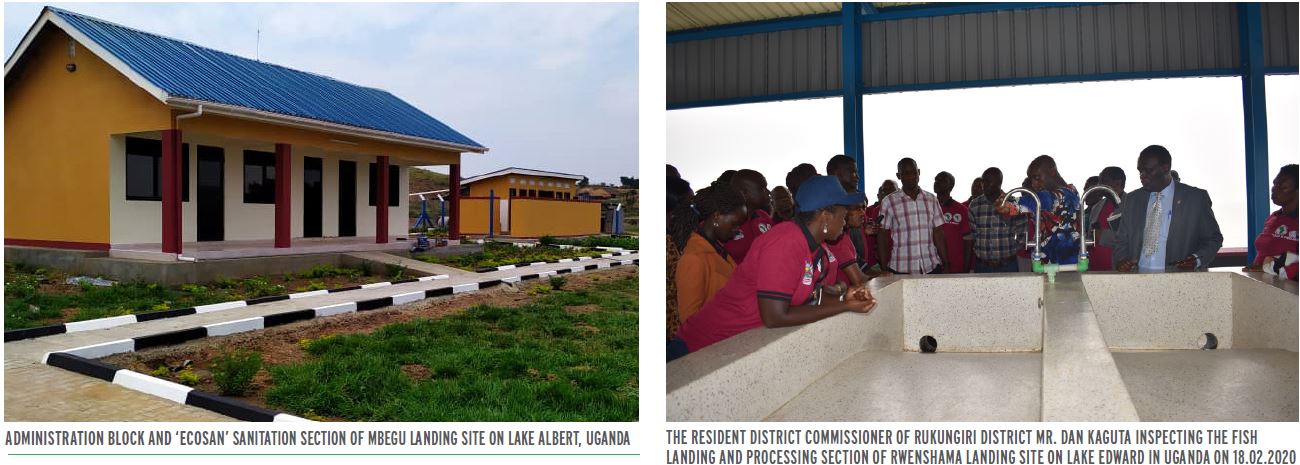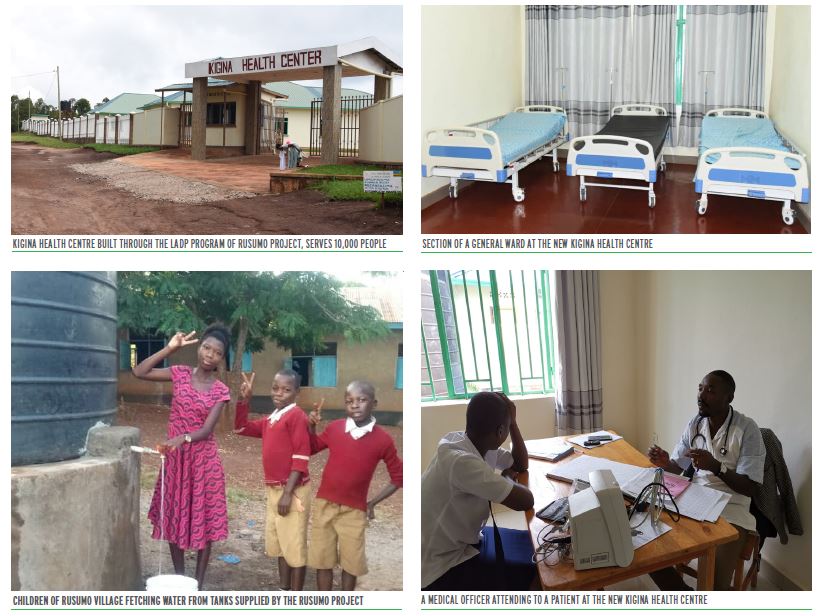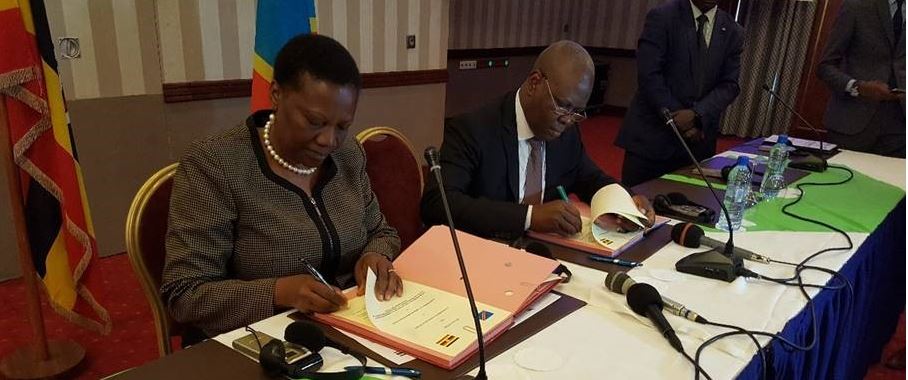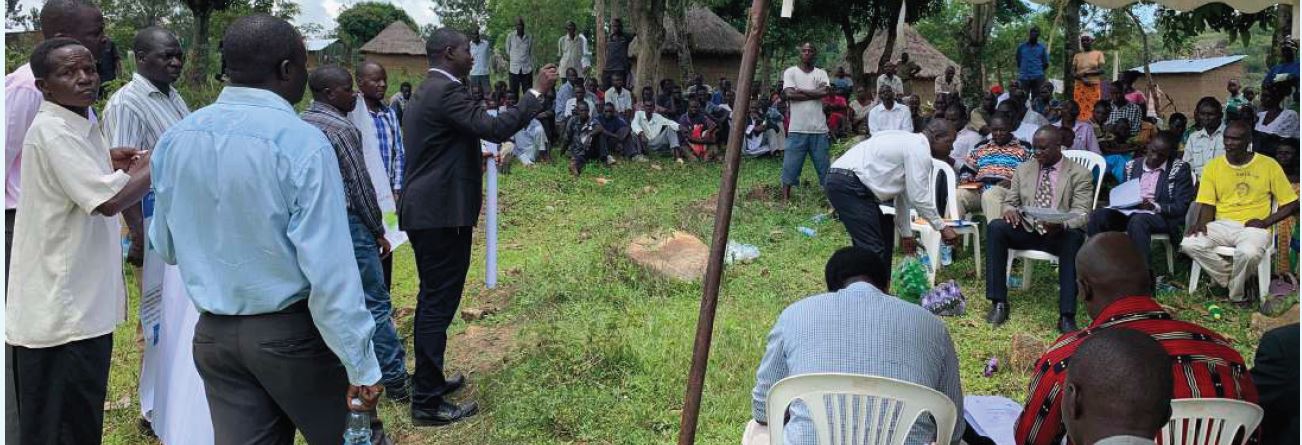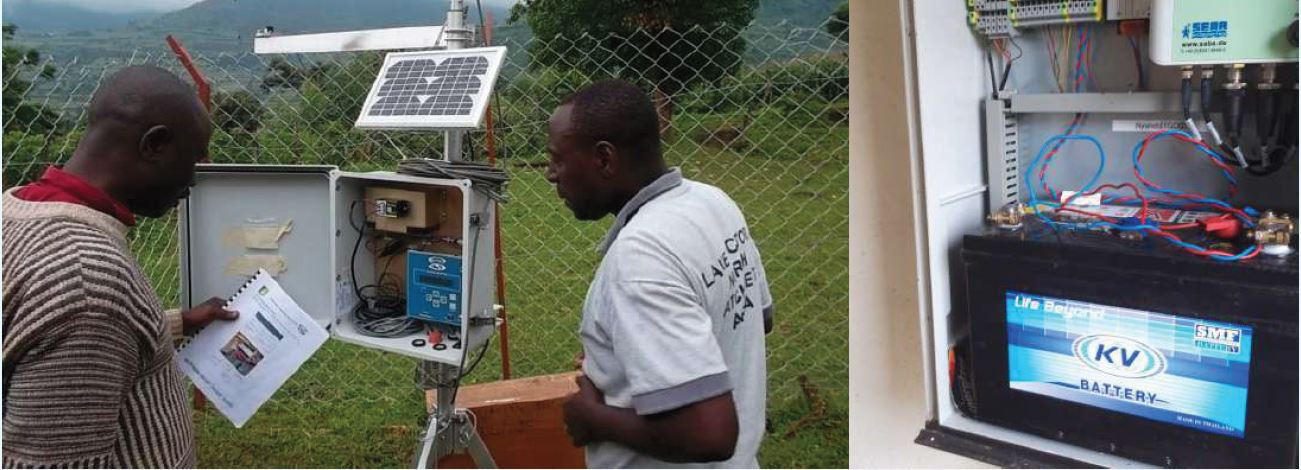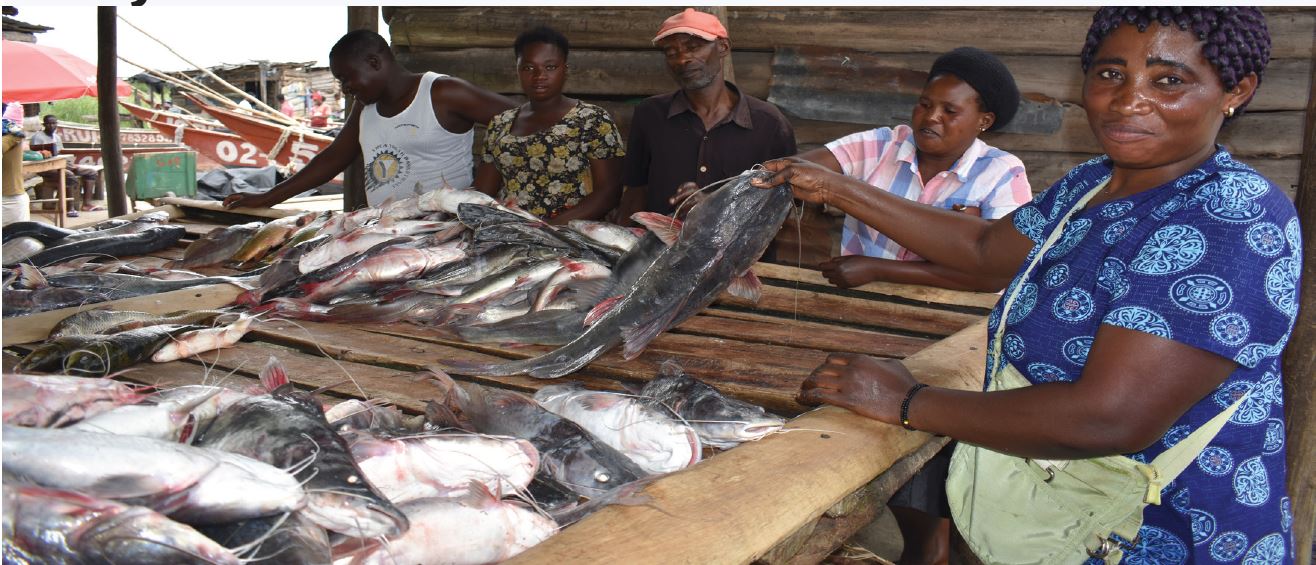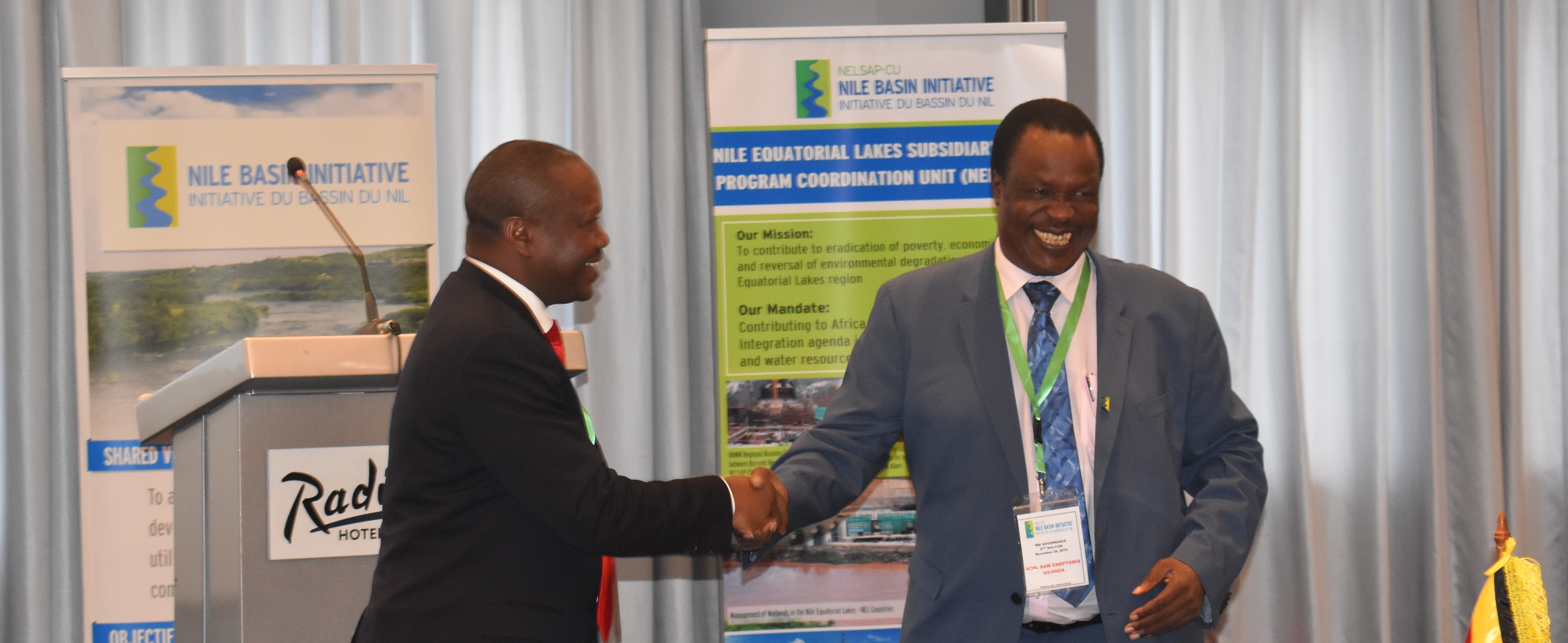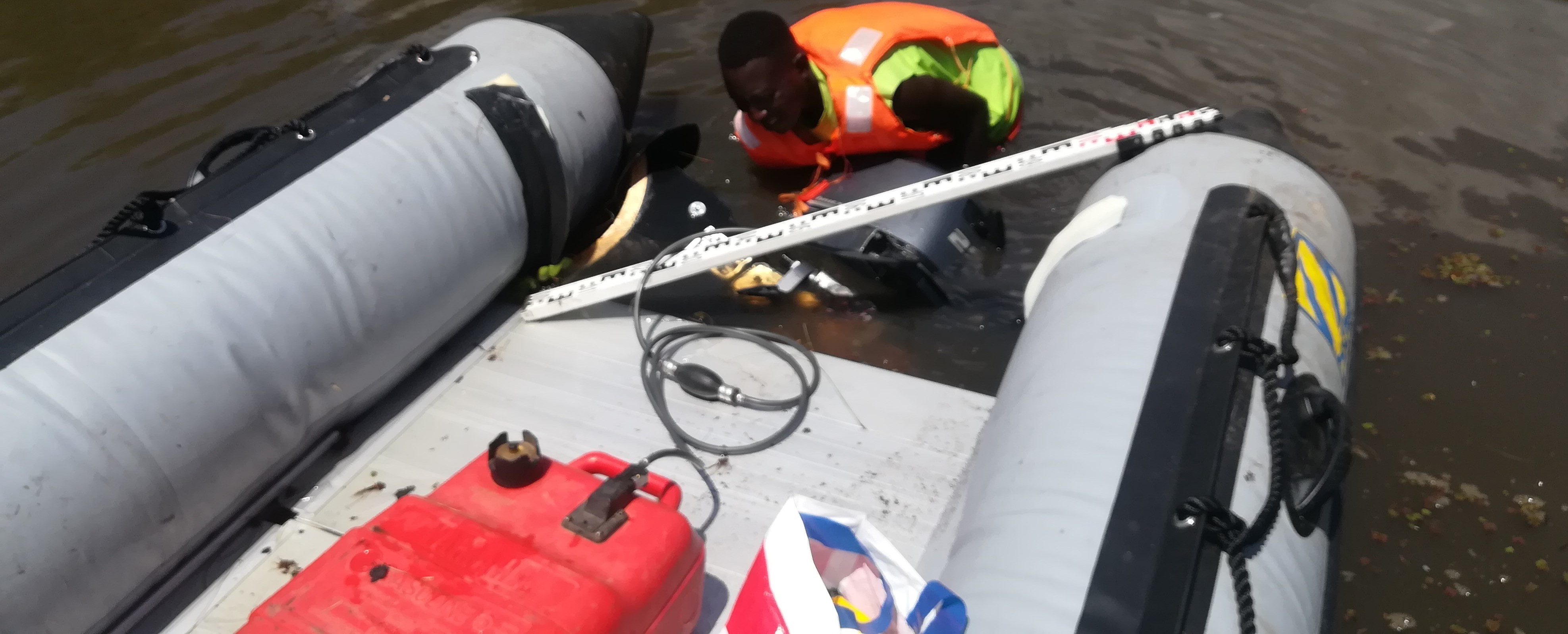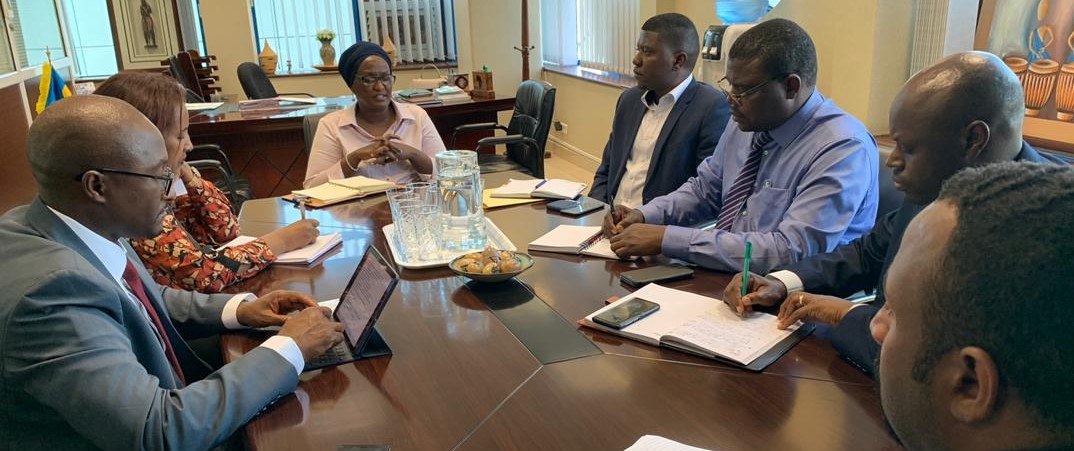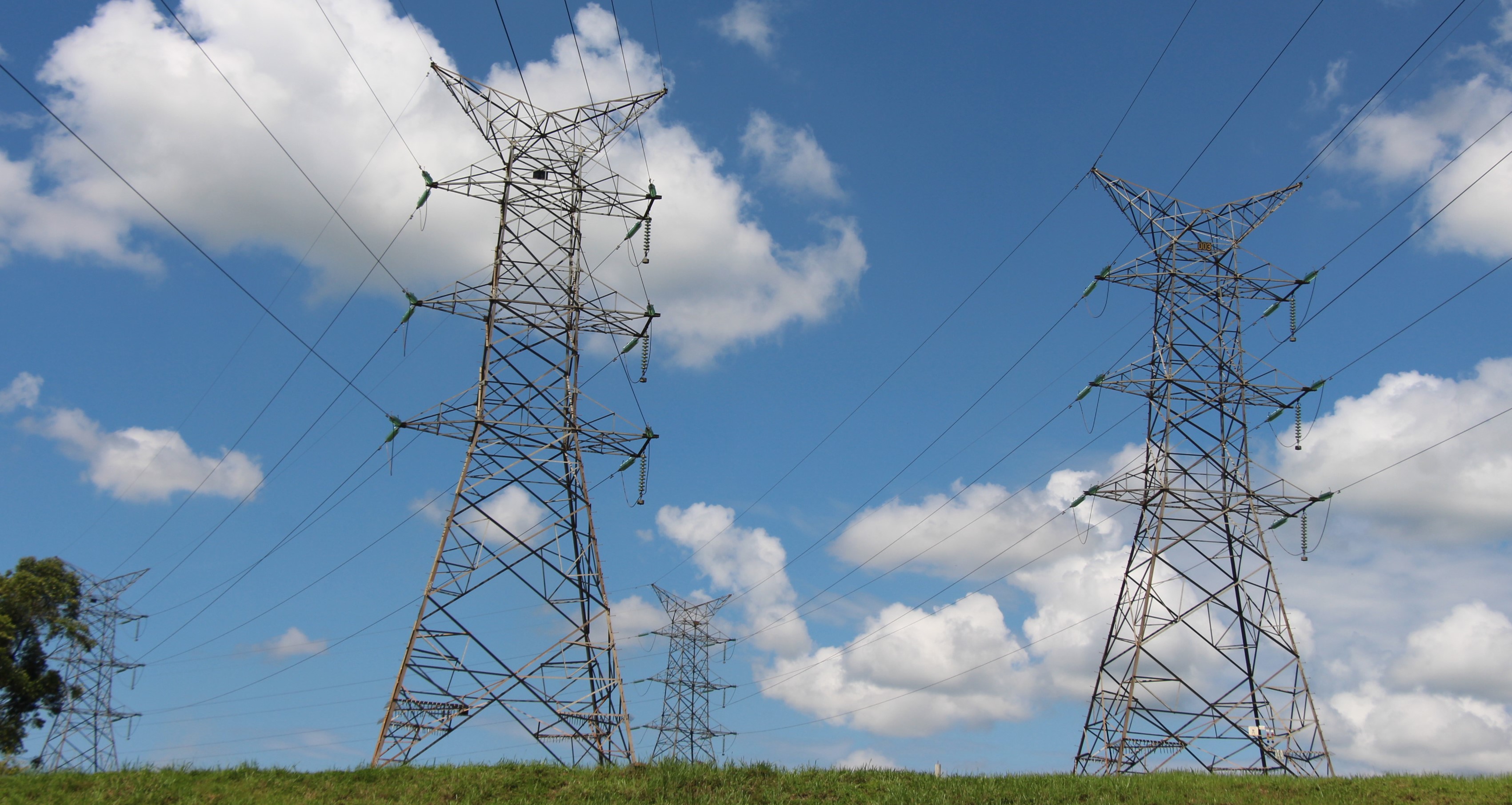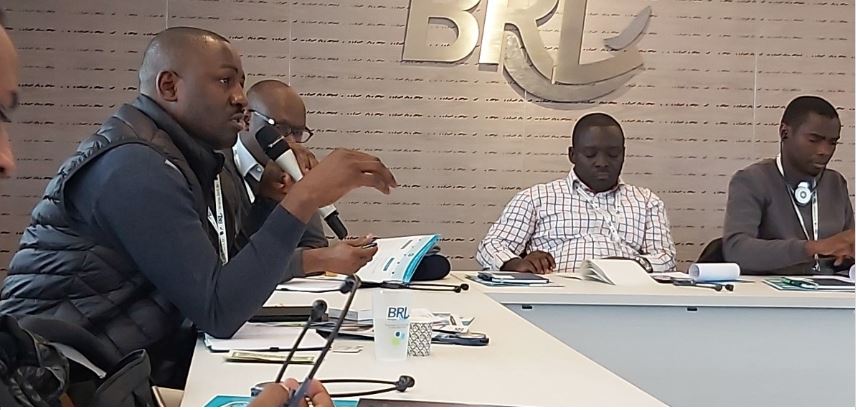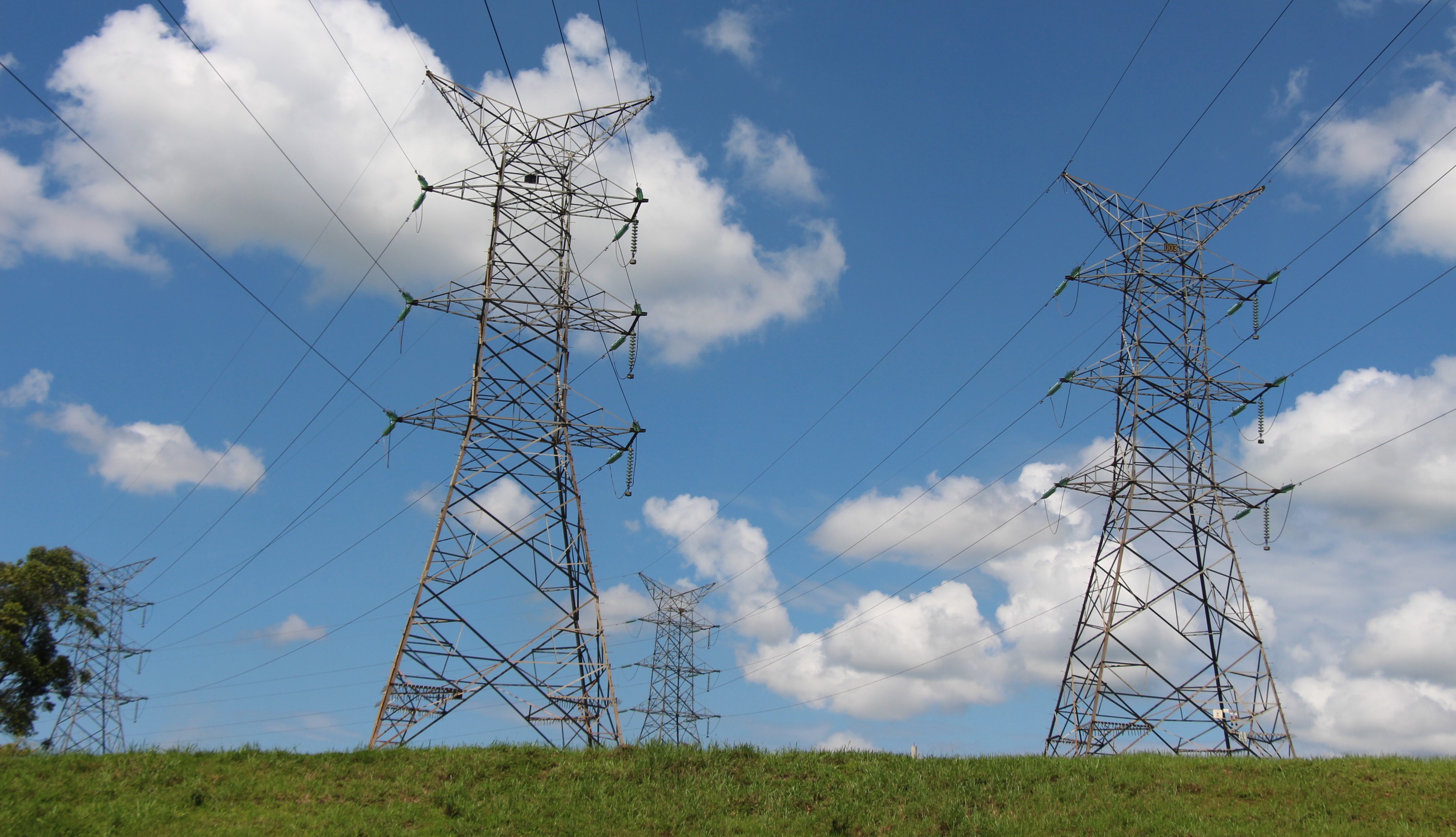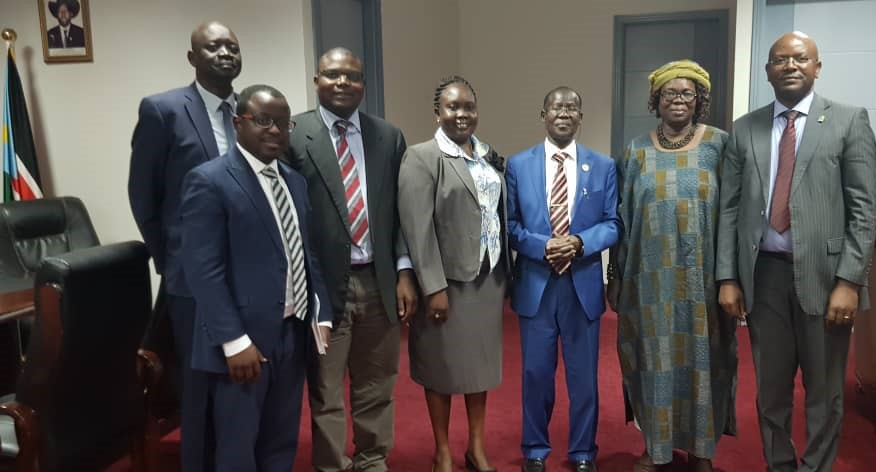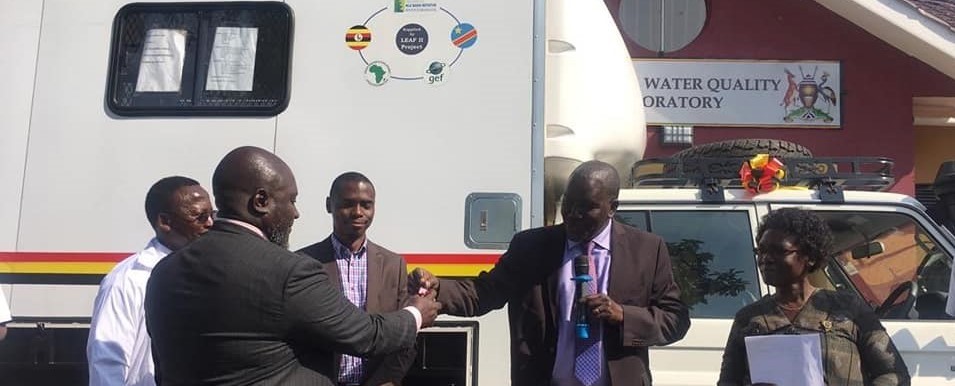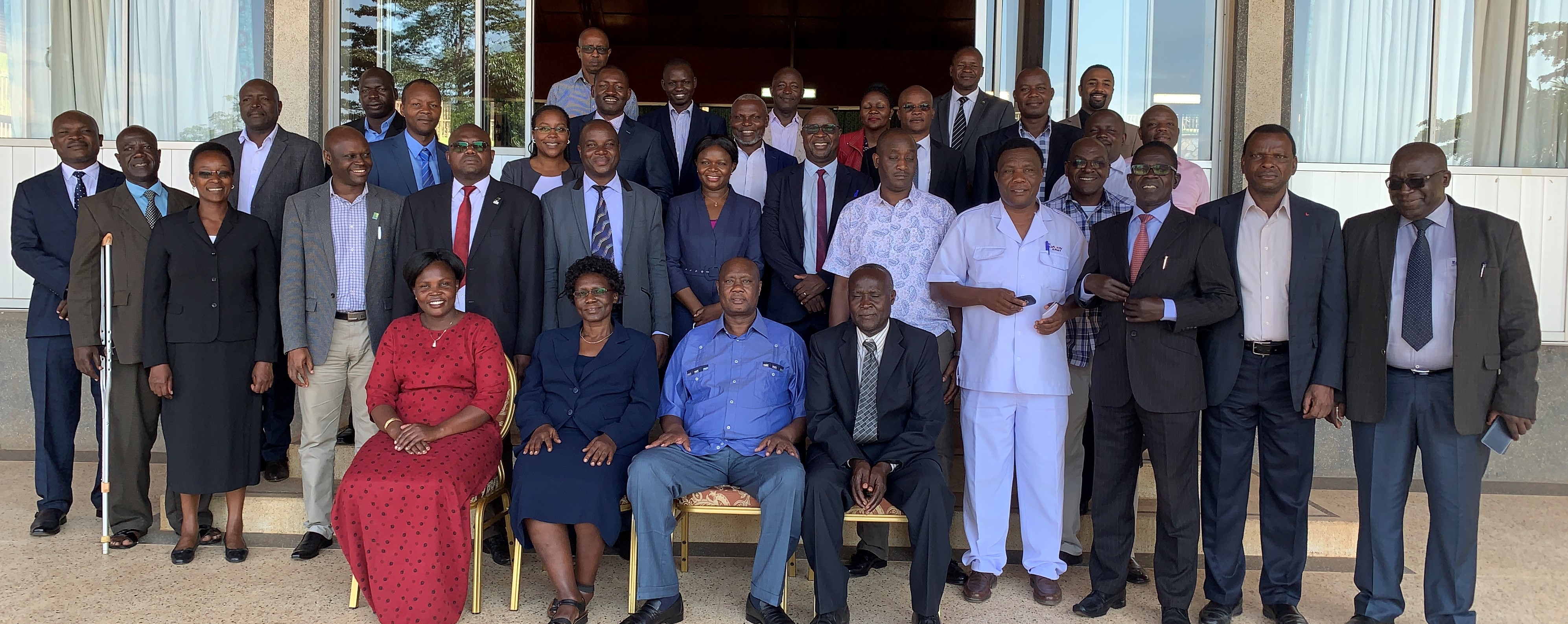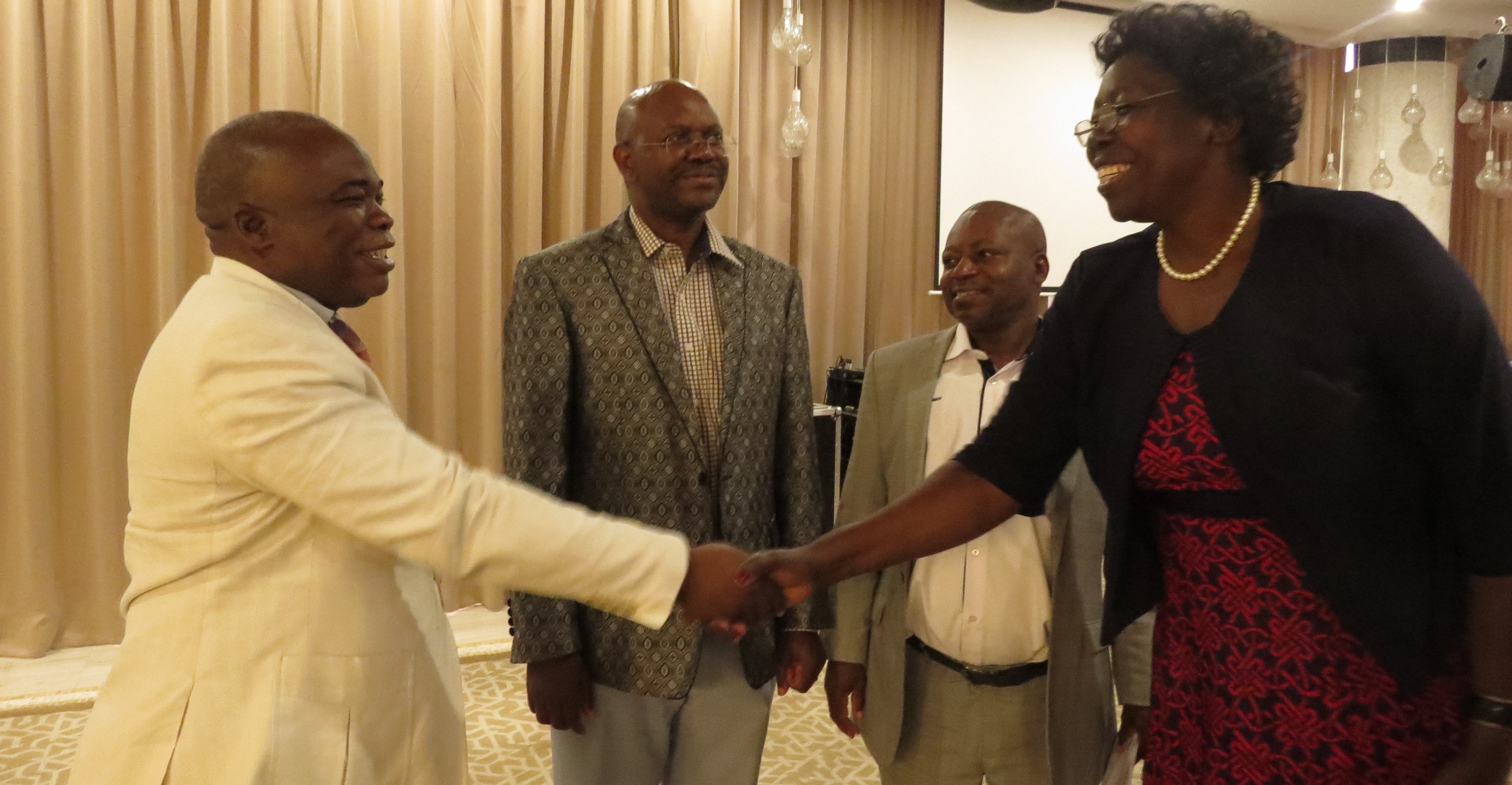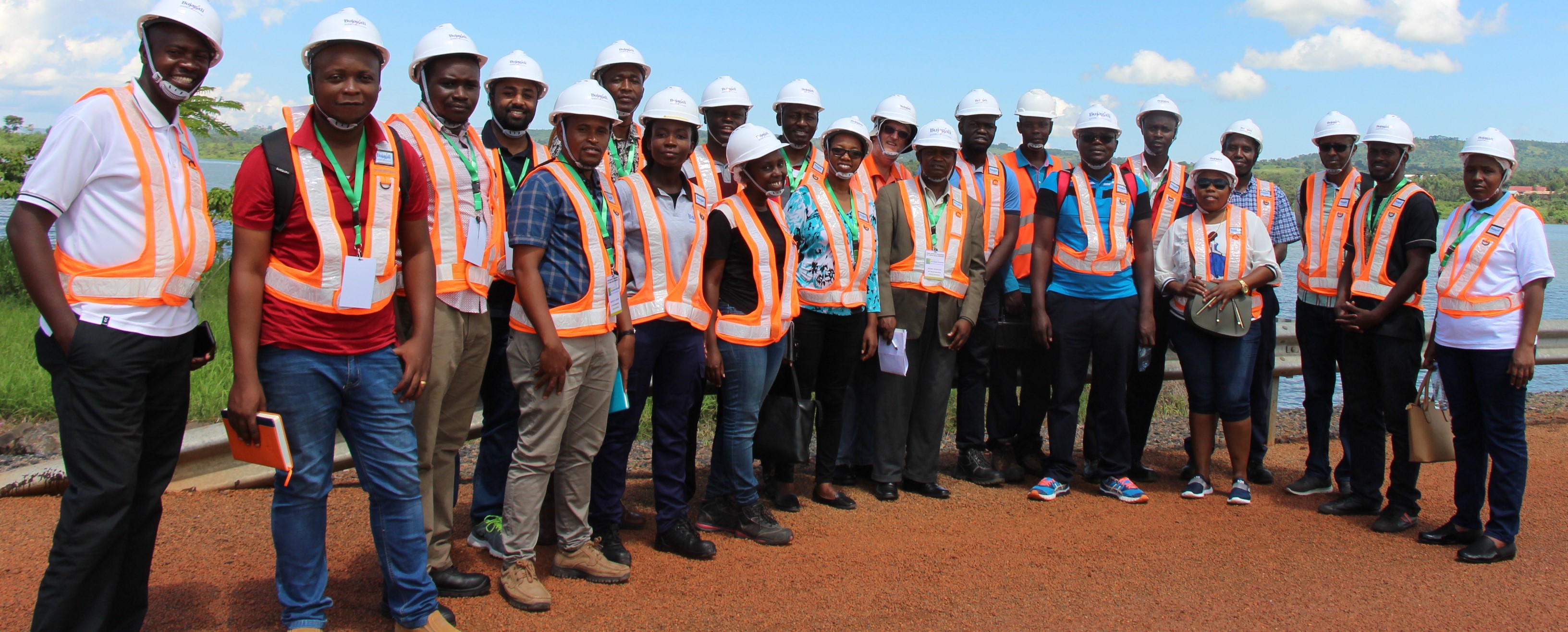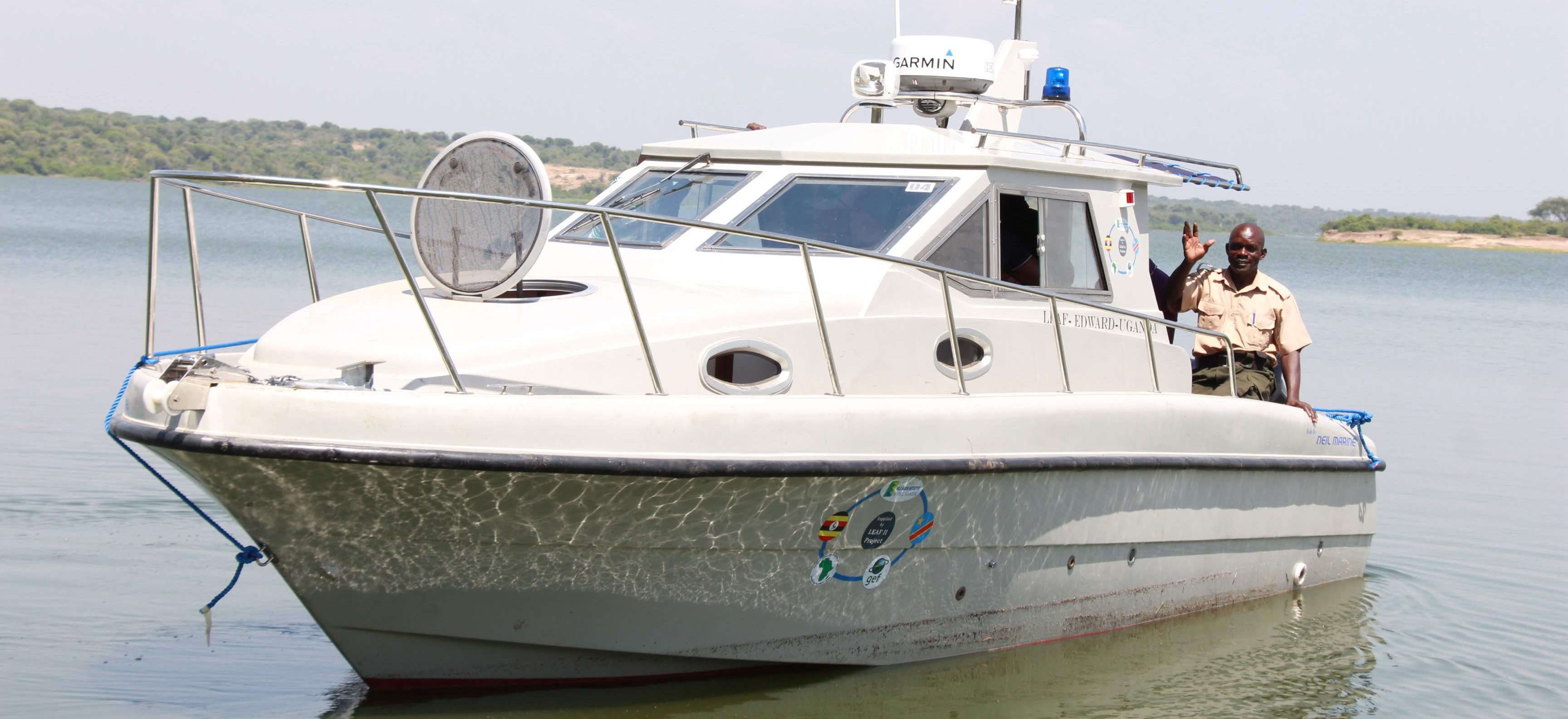NELSAP has completed an assessment of stakeholder participation and involvement in its program and projects, the aim of which was:
1. To understand the level of involvement of NELSAP Stakeholders in its programs and projects.
2. To identify potential partners that NELSAP projects can work from the public, civil society, the media and academia.
3. To identify best practice in information, education and communication for NELSAP program and projects to enhance stakeholder engagement.
This assessment will provide NELSAP with a one-stop database of its stakeholders that can be continuously updated and be linked to the Nile Information System as well as Guidelines and a Management Plan to inform future and further stakeholder engagement.”
The Consultant hired to undertake the assessment, Ms. Lucy Daxbacher engaged a widely consultative process in the four NEL riparian countries of Burundi, Kenya, Rwanda and Uganda involving Government ministries and public authorities, civil society and community based organizations, the media and the private sector.
The assessment came up with some key findings including that some of NELSAP’s projects had made major progress in stakeholder involvement, developing strong working relations with stakeholders and using participatory approaches in project identification and implementation. It also defined elements of stakeholder participation suggesting ways in which NELSAP program and projects could enrich the whole process of engagement.
The assessment which sampled the six NELSAP projects of Kagera, Sio Malaba Malakisi, RATP, Rusumo, and the Interconnection projects of Rwanda-Burundi and Kenya-Uganda also came up with the following preliminary recommendations:
1. Stakeholder management should take into account differences between states and national political contexts with regard to institutional, policy and legislative support need and gaps;
2. Promotion of effective trans-boundary and national legislative and policy frameworks to support stakeholder involvement;
3. Implementation of effective, issue based Information, Education and Communication actions and identification of stakeholder participation agenda;
4. Empowerment of capacities at sub basin and catchment levels with regard to stakeholder participation in trans-boundary resource management processes;
5. Creating and strengthening synergies between the NELSAP program and on-going government and existing regional programs.
By Mwikali Wambua, NELSAP SDO

